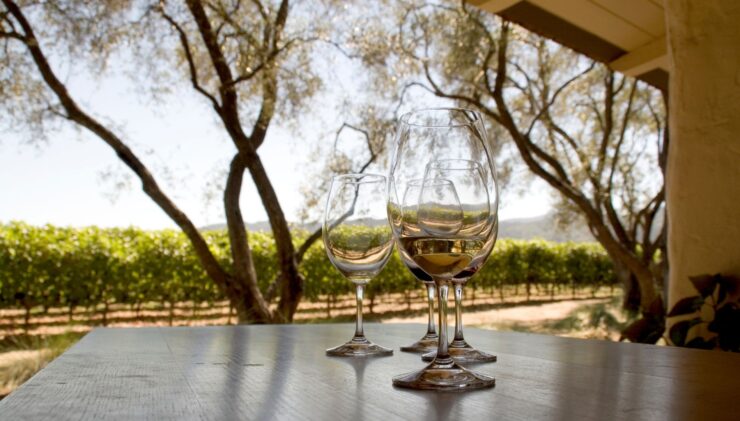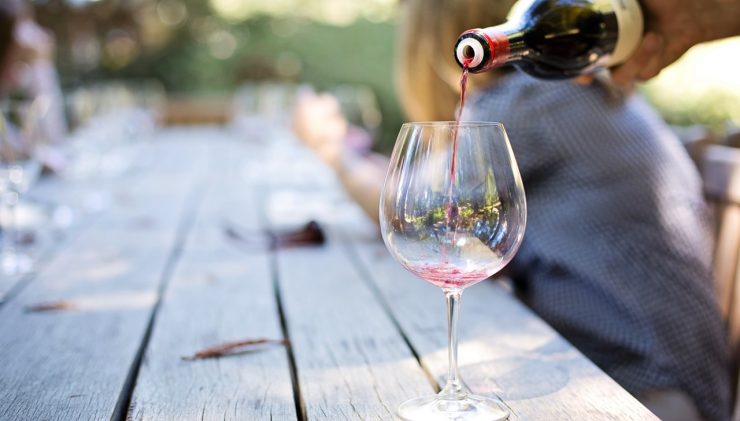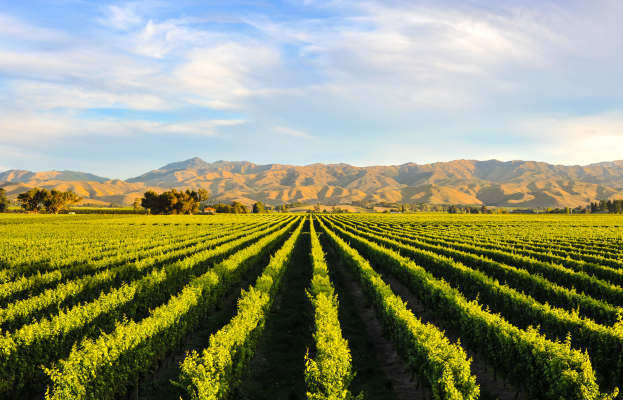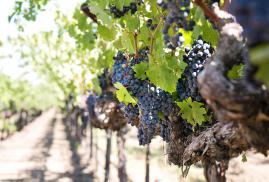 When to Consider Captive Insurance for Vintners
When to Consider Captive Insurance for VintnersIn the United States, wine is big business. According to the February 2016 issue of Wine Business Monthly, there are 8,702 wineries in the United States, an increase of 415 from the previous year. All this wine comes with significant risk. Wineries face specific exposures and require the right insurance policies to protect them.
Exposure #1: Damage or destruction of inventory due to perils such as earthquake or fire.
On August 24, 2014, a magnitude 6.0 earthquake shook California’s Napa Valley. The quake did significant damage to the area’s many wineries. According to researchers at the University of California Agricultural Issues Center, in a presentation made to the Alfred E. Alquist Seismic Safety Commission, the wine industry suffered $70 to $100 million in damage due to the earthquake. Infrastructure was damaged, irrigation systems broke and 330,000 gallons of wine leaked.
The damage would have been even worse if the quake had occurred after harvest when the tanks and barrels would have been full, or during business hours when workers and visitors would have been present.
Earthquakes, fires, and other catastrophes pose a serious risk to wineries. The right coverage can provide protection, but it’s important to examine the details of the policy.
Here are some important questions to ask BEFORE a loss, from the International Risk Management Institute:
- What is your insurer’s definition of wine stock? Does it include raw materials or finished goods?
- What will be covered if your inventory is damaged by an earthquake or fire?
- Does your policy cover stock only in your care, custody, and control? What if inventory is stored elsewhere?
- What if the loss occurs while your inventory is in transit?
- What is your insurer’s method of valuation for lost wine stock? Will they pay the price the wine could have been sold for, or will they pay the market price of replaceable bulk wine of like kind and quality?
Exposure 2: Wine Leakage
The 2014 Napa Valley earthquake caused hundreds of thousands of gallons of wine to leak, but smaller wine leaks can occur for a variety of reasons. Old or improperly maintained equipment could break. An employee could damage a tank or barrel. Other accidents could occur.
Whatever the cause, each drop leaked equals a loss in product and profits. According to the International Risk Management Institute, a stripped wing nut can lead to a leakage claim as high as $240,000.
To make sure your claims will be fully paid, examine your insurance policy carefully.
What you need to know:
- What is your insurance policy’s definition of wine leakage? Does it include losses due to accidental damage, vessel failure, or human error?
- What is the maximum value payable per gallon lost?
Exposure #3: Wine Stock Contamination
Wines can be contaminated in several ways. In 2016, Moms Across America released evidence of glyphosate, an ingredient in pesticides, in wines from California, including wines that were supposed to be organic and therefore chemical-free. Other substances, from arsenic to fungus, can also contaminate wine.
Contamination can decrease the value of your stock. To make sure you’re covered, check your policy.
What you need to know:
- What is your policy’s definition of contamination?
- Does the coverage include contamination by human error and cleaning agents?
Exposure #4: Business Interruption
When a catastrophe like the 2014 Napa Valley earthquake strikes, getting back to business as usual can take a while. Buildings may be unsafe for occupation, equipment may need to be repaired, and a combination of leaked wine and delayed harvests can result in there being less product to sell.
To make sure your winery is protected against business interruption, review your policy.
What you need to know:
- What happens if you must interrupt business operations due to fire, earthquake, or other disasters? Which losses are covered?
- How does your policy respond to losses resulting from off-premises power failure?
Exposure #5: Liability
When alcohol is involved, the liability risk is high.
Wineries that have tasting rooms face the same liability issues as bars. If employees break laws regarding serving minors or inebriated individuals, legal action may follow, especially if an accident occurs as a result.
Wineries may also be held liable for injuries that occur on the premises or for damage that arises from the product. For example, in 2015, a lawsuit was filed against multiple California wineries over allegations of high arsenic levels.
Make sure your winery has full liability coverage.
What you need to know:
- What are your commercial general liability policy limits?
- Do you have an umbrella policy?
- Do you have liquor liability coverage?
- Are there any coverage exclusions for off-site activities or special events (such as concerts and weddings)?
Your Heffernan Insurance team is a great resource in navigating these and other exposures. Our winery insurance is specifically tailored for your industry.



